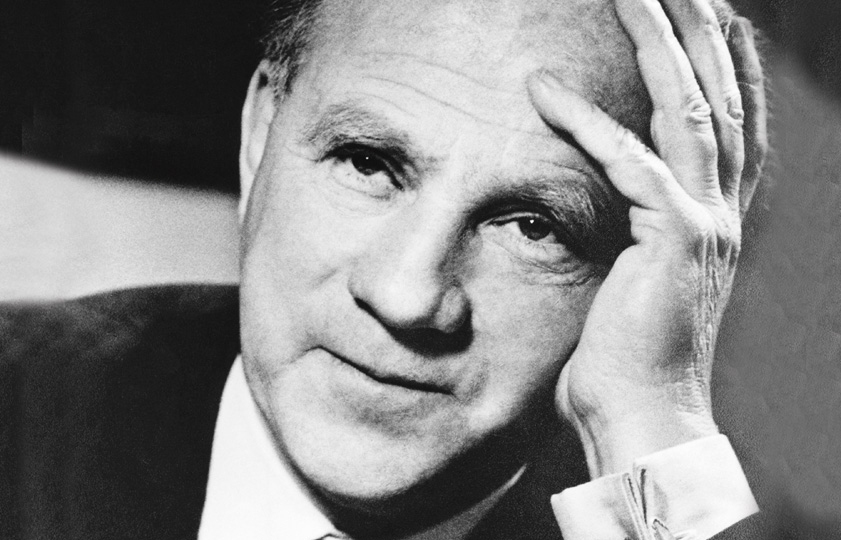[et_pb_section bb_built=”1″][et_pb_row][et_pb_column type=”4_4″][et_pb_text _builder_version=”3.13.1″]
He studied physics at the University of Gottingen and Munich.
Heisenberg develops the “principle of indetermination”, where he states that it is not possible to determine the exact position and momentum of subatomic particles. On the other hand, it is possible to know the product of its indeterminations, which in no case is less than the ratio of Planck’s action quantum to the mass of the particle. Its discovery implies changes at a philosophical level, such as an increase in uncertainty regarding the real behavior of elementary particles and their relation to the research subject. These kinds of implications lead the German physicist to write several essays on philosophy of science. Investigating the atomic structure comes to decipher the activity of nuclear particles or Heisenberg forces. On the other hand, he works in collaboration with Max Born, Camille Jordan and Dirac. The team states the principles of quantum mechanics. This new scientific contribution is based on the operation of a new mathematics called matrix algebra. Heisenberg teaches theoretical physics classes at the University of Munich. On the other hand, he directs the Max Planck Institute. By all its findings it is said that they exceed the field of their science, coming to affect philosophy. Receives the Nobel Prize in Physics in 1932.
Learn more about your health and well-being at Pharmamedic.
[/et_pb_text][/et_pb_column][/et_pb_row][/et_pb_section]









